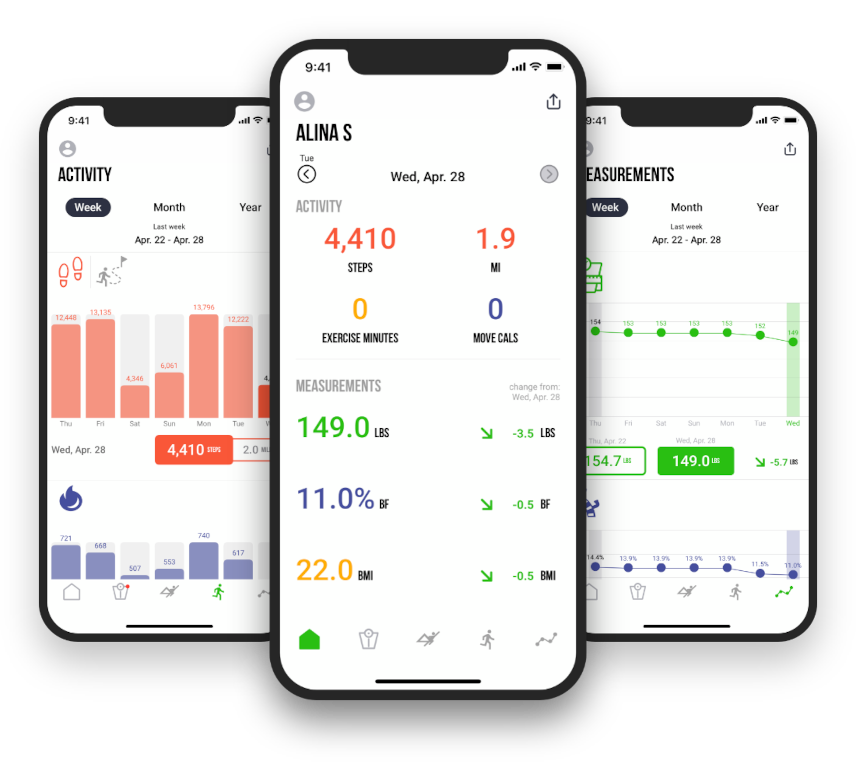Government dietary guidelines are under attack by those who claim they’ve caused the rapid rise in obesity in the past forty years. Dietitian Matt O’Neill asks, could this be true?
The first Australian dietary guidelines were published in 1982 to guide nutrition advice, education and policy.
The aim was to help reduce diet-related disease, which was starting to increase dramatically. What were the recommendations, how have they changed and who is following them?
The 1982 guidelines included eight recommendations:
- Promote breast feeding
- Choose a nutritious diet from a variety of foods
- Control your weight
- Avoid eating too much fat
- Avoid eating too much sugar
- Eat more breads and cereals (preferably wholegrain) and vegetables and fruits
- Limit alcohol consumption
- Use less salt.
Fast forward over thirty years for the most recent Australian version, the Australian Dietary Guidelines 2013 containing five recommendations:
- To achieve and maintain a healthy weight, be physically active and choose amounts of nutritious foods and drinks to meet your energy needs.
- Enjoy a wide variety of nutritious foods from these five food groups every day:
- Plenty of vegetables, including different types and colours, and legumes/beans
- Fruit
- Grain (cereal) foods, mostly wholegrain and/or high cereal fibre varieties, such as breads, cereals, rice, pasta, noodles, polenta, couscous, oats, quinoa and barley
- Lean meats and poultry, fish, eggs, tofu, nuts and seeds, and legumes/beans
- Milk, yoghurt, cheese and/or their alternatives, mostly reduced fat (reduced fat milks are not suitable for children under the age of 2 years)
And drink plenty of water.
- Limit intake of foods containing saturated fat, added salt, added sugars and alcohol.
- Encourage and support breast feeding.
- Care for your food; prepare and store it safely.
What changed in three decades?
Current Australian guidelines, which are now five years old, include these notable changes:
- There is no limitation on total fat, just a focus on limiting saturated fat. In theory, the low-fat era that peaked in the 1990’s should be behind us.
- For sugar, the advice is to limit intake (and of added sugars) rather than just avoid too much sugar. Given the current awareness around sugar and calls for a sugar tax, a toughened stance on sugar is not surprising.
- Food-based recommendations are now included. For example, specific mention of the wholegrains quinoa and barley.
Who follows the dietary guidelines?
For dietary guidelines to be implicated in causing obesity, people would need to be following the recommendations closely. And this may not be the case.
The Australian Health Survey 2011-12 revealed that only 6.8% of adults (fewer than one in ten) eat the recommended five serves of vegetables a day, and that over one third (35%) of total calories are provided by ‘discretionary foods’ (otherwise known as junk foods).
The Australian guidelines above seem to be presenting reasonable recommendations, so what if people actually followed them?
Improving dietary guidelines
There are several additional questions about dietary guidelines that fuel hot debate.
- Did the first advice 40 years ago to limit total fat lead to a food supply full of low-fat, high-carbohydrate foods?
- Are guidelines for the healthy population applicable when two-thirds of the nation is overweight or obese?
- How have food companies bent the dietary guidelines to fit their marketing? For example, high-sugar breakfast cereals with ‘added wholegrains’ featured.
- What will the next version of dietary guidelines look like, to both reflect current nutritional science and clear advice?
- What are the best nutrition messages that fitness professionals can provide to clients to become fit, strong and healthy?
Matt O’Neill, Dietitian BSpSc, MSc(Nut&Diet), APD, AN is director of the SmartShape Centre for Weight Management and creator of the Metabolic Jumpstart nutrition system.

